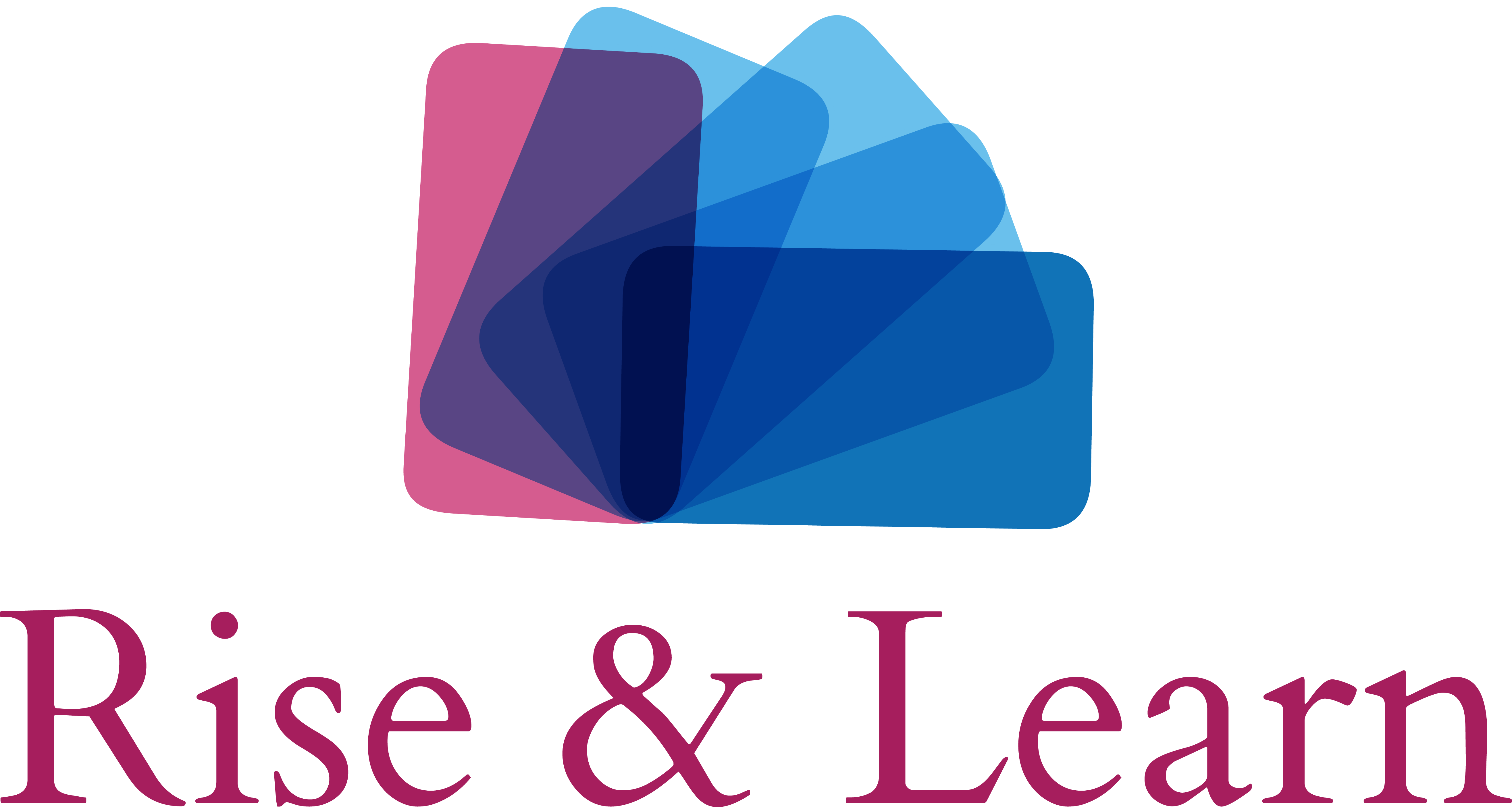Planning an Effective Presentation
Concern about the impact of a presentation can inspire presenters to improve their verbal communication skills, enabling them to get the desired results. Public speaking and business presentations can be immeasurably improved if the presenter devotes sufficient time and attention to planning.
In this course, you’ll learn how to define and understand your audience’s characteristics, knowledge, needs, and responses. You’ll also learn how to organize your presentation’s timing, purpose, key points, and approach so that it is engaging, focused, and relevant. Finally, you’ll learn about different presentation methods, such as PowerPoint presentations, and when they’re most effectively used.
50 Minutes
- Recognize strategies for defining audience characteristics and knowledge
- Identify examples of guidelines for anticipating audience needs and responses
- Recall guidelines for ensuring a presentation’s timing and purpose are appropriate for the content
- List strategies for identifying supporting facts and key points when planning a presentation
- Recognize presentation approaches in action
- Choose the appropriate presentation method in a given scenario
- Identify which hands-on presentation method is appropriate in a given scenario
- Recognize key considerations and strategies for planning an effective presentation
Building Your Presentation
Effective business presentations need to have a sound structure. To ensure that your presentation has this structure, you need to consider its overall purpose, your audience, and the key points you’ll be presenting, and then put them all together into a plan of action to guide you.
In this course, you’ll learn how to write the key parts of a presentation so they’re memorable and effective. You’ll also learn how to select and use eye-catching visual aids to bring your PowerPoint presentations to life. Finally, you’ll learn how to rehearse your presentation – a key step for public speaking that will improve your verbal communication skills and build confidence for the real thing.
50 Minutes
- Recognize the essential elements of a presentation’s opening section
- Recall strategies for writing an effective middle section for a presentation
- Identify the characteristics of an effectively written closing section
- Select the appropriate presentation aid to use in a given situation
- Recall guidelines for ensuring visual aids are clear for audience members
- Specify strategies for ensuring the quality of a visual aid
- Describe how to effectively rehearse a presentation
- Recognize how to build and rehearse an effective presentation
Ensuring Successful Presentation Delivery
Whether your job includes delivering sales pitches, making PowerPoint presentations, or leading team trainings, presentation excellence can only be achieved when the standard of your public speaking matches the quality of your content.
Having diligently prepared your presentation, you need to make sure that your delivery is engaging, enthusiastic, composed, and confident.
In this course, you’ll learn how to set up the right environment for your business presentations. You’ll also learn techniques for managing stage fright and using your verbal communication skills and body language to deliver your message clearly and effectively.
Finally, you’ll learn about how to deal with audience questions in a Q&A session and the impact this has on your credibility.
50 Minutes
- Select the appropriate room setup for a given presentation
- Recall technical considerations for preparing audiovisual equipment for a presentation
- Describe how to deal with stage fright
- Recall the verbal skills that impact presentation delivery style
- List the nonverbal skills that contribute to delivery style
- Recall guidelines for inviting and reacting to audience questions in a question-and-answer session
- Identify strategies for answering audience questions in a question-and-answer session
- Recognize how to set up and deliver an effective presentation
The Art and Science of Communication
There is a science behind communication, including how we react neuro-physiologically to others – through verbal communication such as their words and tone, as well as the non-verbal communication of their actions and body language.
There’s also an art to communication, allowing your authentic self to shine through and allowing the exchange with another person to unfold naturally.
In this course, you’ll learn about the art and science of communication. You’ll explore techniques for connecting with your audience and building trust with them so that your communication intention is clear and understood.
You’ll also learn the basic principles of assertive communication that is positive and not aggressive
30 Minutes
- Identify situations that benefit from sharing communication responsibility
- Recognize behaviors that promote making connections with people
- Identify ways to show interest when communicating with others
- Categorize questions that help to strengthen a communication connection
- Identify the basic principles of assertive communication
- Recognize ways of connecting with your audience
Making an Impact with Non-verbal Communication
There are many parts of the brain that have not changed much since the time of our earliest ancestors. We are still wired to respond automatically when we’re afraid, threatened, disgusted, surprised, or happy. But we’ve come a long way in our development and understanding of non-verbal communication mechanisms.
In this course, you’ll learn how our attitude and tone, as well as body language such as posture, gestures, and facial expressions, can have significant impact on the way we communicate.
You’ll explore techniques to help you project a positive attitude and presence. You’ll also discover how to read other people’s body language.
40 Minutes
- Identify techniques to ensure you are projecting a positive attitude
- Match non-verbal behaviors with likely first impressions
- Match facial expressions to likely interpretations
- Recognize how the way you stand, sit, or move conveys messages
- Identify ways to use tone of voice to enhance a conversation
- Recognize the meaning of non-verbal message clusters when communicating with others
- Recognize how to interpret non-verbal behavior
Trust Building through Effective Communication
Communication is most effective when you build and maintain the trust of the people you communicate with.
In this course, you’ll explore how a clear intention is the basis of an effective communication, and how understanding your audience ensures that the message gets delivered.
You’ll also learn how body language, vocal tone, and managing emotions can influence your communications and build trust with your audience.
0.6 Hours
- Determine the primary intent of a communication
- Communicate appropriately based on what you know about your audience
- Identify how to tailor your communication based on your relationship history with your audience
- Recognize the effects that body language and tone of voice have on building trust in interpersonal communications
- Manage your own feelings in emotionally-charged communications
- Adapt your communication to the emotions of your audience
- Build trust in your communications by focusing on your intention, audience, body language, tone, and emotions
Choosing the Right Interpersonal Communication Method to Make Your Point
Today there are more communication methods than ever before. Choosing the right method for the situation can have a huge impact on how your method is received. The further you stray from communication methods that are rich in personal attributes, the more likely it will result in a one-way communication.
In this course, you’ll learn how to select the best communication methods to convey your intention and target your audience. By doing so, you improve the odds of getting your message across and leaving your audience feeling informed, enlightened, and engaged.
50 Minutes
- Choose interpersonal communication methods that are most appropriate based on your intention
- Recognize how audience characteristics inform your decision on which method to use for your interpersonal communications
- Recognize the appropriate audience for receiving an e-mail
- Identify the best way to format and write your e-mails
- Recognize ways to connect with your audience during face-to-face interpersonal communications
- Determine how to start off on a positive note when delivering feedback to a coworker
- Recognize how to deliver feedback while keeping emotions in check
- Choose effective, efficient communication methods that properly convey intent
Become a Great Listener
Communication is a two-way process – while one person provides information, another must not only understand what is meant, but also show that they’re being receptive to that information. This requires strong listening skills – a vital asset in any business environment.
In this course, you’ll work on sharpening your listening skills and getting yourself in the right receptive mindset for communicating. You’ll learn how to recognize the behaviors that indicate receptivity, as well as to identify the different types of listener.
You’ll also learn how to ask the right questions to ensure that you understand what is being communicated.
40 Minutes
- Recognize how adopting a receptive mindset can improve your interpersonal communications
- Recognize behaviors that indicate receptivity to a communication
- Recognize the traits of different types of listeners
- Recognize examples of effective listening skills being applied in interpersonal communications
- Recognize examples of effective questions that are used to clarify messages or get more information
- Be receptive to communications by being a good listener
Do We Have a Failure to Communicate?
Communicating effectively can be challenging when having difficult conversations. Because these challenges typically involve emotions such as hurt, anger, or confusion, it’s not uncommon for people to avoid one another or shut down, preventing what could be a productive exchange at many levels.
In this course, you’ll examine some common communication challenges and how you can successfully navigate them. By showing patience, perseverance, and accountability, you can effectively deal with tough conversations, communicate your message, and reach mutual understanding and agreement.
40 Minutes
- Identify the signs of a miscommunication
- Recognize how to resolve a miscommunication that has occurred
- Recognize how to be prepared to deliver bad news
- Recognize how to effectively communicate messages that are likely to be difficult for your audience to hear
- Recognize techniques for fixing or improving communications that have broken off
- Work through challenging interpersonal communications










